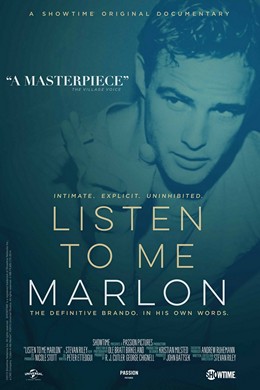A blog formerly known as Bookishness / By Charles Matthews
"Dazzled by so many and such marvelous inventions, the people of Macondo ... became indignant over the living images that the prosperous merchant Bruno Crespi projected in the theater with the lion-head ticket windows, for a character who had died and was buried in one film and for whose misfortune tears had been shed would reappear alive and transformed into an Arab in the next one. The audience, who had paid two cents apiece to share the difficulties of the actors, would not tolerate that outlandish fraud and they broke up the seats. The mayor, at the urging of Bruno Crespi, explained in a proclamation that the cinema was a machine of illusions that did not merit the emotional outbursts of the audience. With that discouraging explanation many ... decided not to return to the movies, considering that they already had too many troubles of their own to weep over the acted-out misfortunes of imaginary beings."--Gabriel García Márquez, One Hundred Years of Solitude
Search This Blog
Thursday, November 26, 2015
Listen to Me Marlon (Stevan Riley, 2015)
It's a truism that Marlon Brando revolutionized film acting. (With a little help from Montgomery Clift and James Dean, and some pioneering by John Garfield.) And it seems that Brando believed the truism himself: At one point in this fascinating documentary he disses such older film stars as Gary Cooper, Clark Gable, and Humphrey Bogart, asserting that they were always the same in their movies. This misses the point about film stardom, I think, which is that everyone who gets established as a film actor carries their image from movie to movie. How much variety, really, is there in Brando's most memorable film performances? Stanley Kowalski in A Streetcar Named Desire (Elia Kazan, 1951), Johnny Strabler in The Wild One (Laslo Benedek, 1953), Terry Malloy in On the Waterfront (Elia Kazan, 1954), and even Vito Corleone in The Godfather (Francis Ford Coppola, 1972) and Paul in Last Tango in Paris (Bernardo Bertolucci, 1972) are all troubled urban Americans with a rebellious streak. And when Brando tried to break away from that type -- as Emiliano Zapata in Viva Zapata! (1952), Mark Antony in Julius Caesar (Joseph L. Mankiewicz, 1953), Napoleon in Désirée (Henry Koster, 1954), or Fletcher Christian in Mutiny on the Bounty (Lewis Milestone, 1962) -- the performances leave a lot to be desired. Mind you, I still think Brando was one of the greatest actors in film history, but only when he let himself play roles that suited him -- as Cooper, Gable, and Bogart did. This film, which uses Brando's own tape recordings as its principal source, shows him as a kind of tragic naïf in search of something that would heal the wounds he carried from childhood. He found it in acting when he fell under the spell of Stella Adler, although the Adler shown in this film is given to talking pretentious nonsense about how acting isn't about the words, it's about the soul. Brando also sought healing in sex, in psychoanalysis, in political activism, but the picture that emerges in the film is of a man who never succeeded in escaping his own tormented ego.
